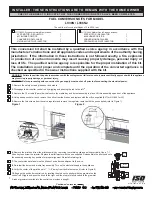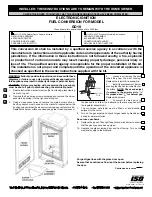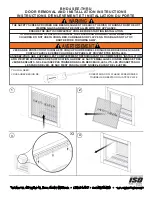
HUAWEI TP1102 Telepresence
Administrator Guide
1 Overview
Issue 01 (2013-07-15)
Huawei Proprietary and Confidential
Copyright © Huawei Technologies Co., Ltd.
3
H.239 Dual Stream
Simultaneous transmission of videos and presentations through two independent
channels
Sharing of computer desktops as presentations
Presentation plug and share
Network
Advanced Encryption Standard (AES)
Internet Protocol (IP) and 4E1 data connection methods
H.323
Session Initiation Protocol (SIP)
The telepresence system cannot use H.323 and SIP simultaneously.
Centralized Management Using the Telepresence Host
Management of devices, including the codec, camera, microphone, and high-fidelity
(hi-fi) acoustic system
Web-based management from the Telepresence System Manager
Touch Panel User Interface
Nine languages supported
Intuitive and easy to use
One tap to join a conference from the conference schedules list
Call initiation from the keypad or address book
Multipoint conference control
1.3 Reliable Security Features
The telepresence system supports the following security features to ensure a stable and
reliable conferencing environment:
Anti-attack protocols and interfaces
−
The communication port matrix is provided in the product documentation. The
services and ports not mentioned in the communication port matrix must not be
enabled. Of the enabled communication ports, the ports used for system management
as well as the protocols used by the ports have access authentication mechanisms.
−
The telepresence system supports media stream encryption and TLS signaling
encryption during voice services to ensure user data integrity.
Web security
−
During login authentication, the telepresence system uses the Hypertext Transfer
Protocol Secure (HTTPS) to transmit the user name and password to the server.
−
User accounts are manageable. Users with the highest level privileges can enable or
disable other accounts. All account passwords are changeable.
Protection over sensitive data











































